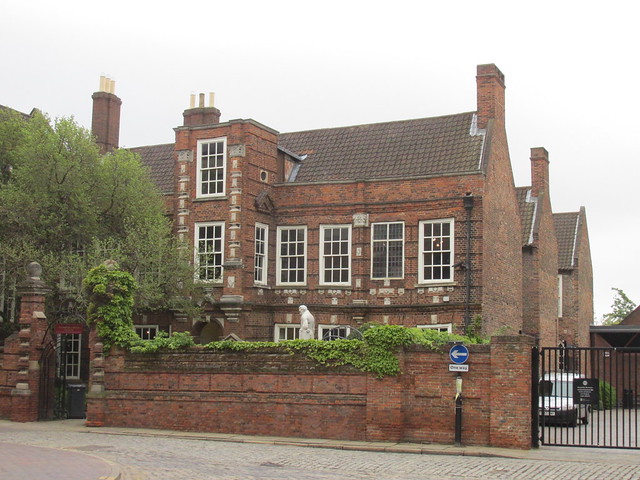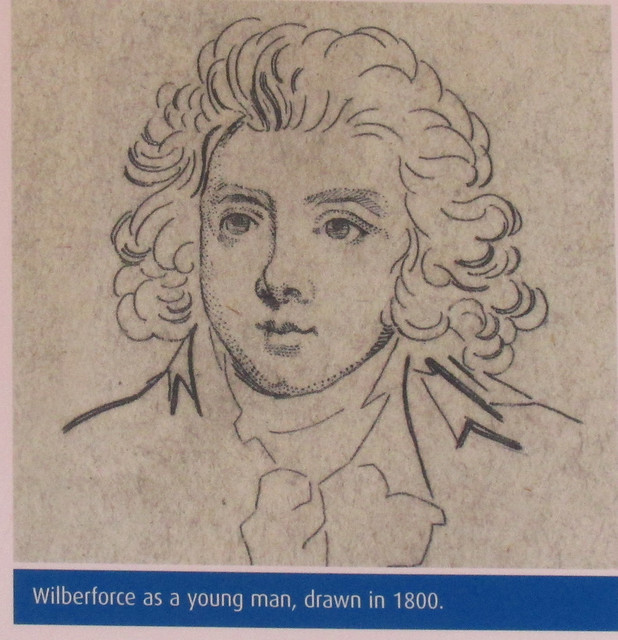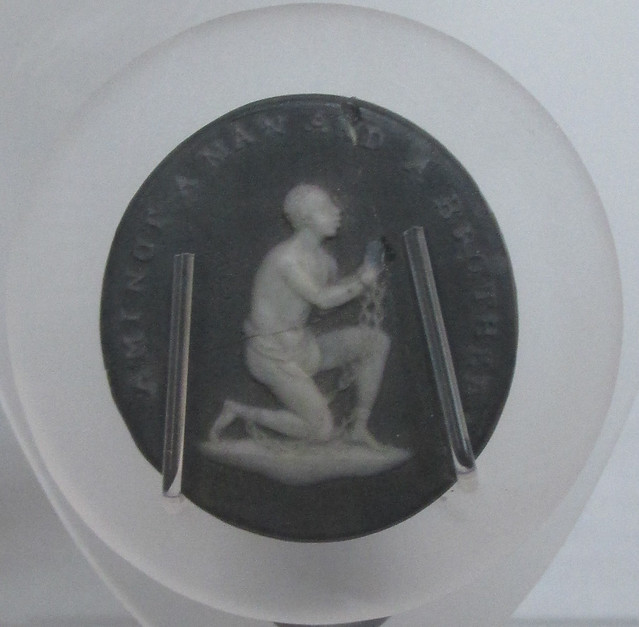 |
| Wilberforce House museum |
Wilberforce was born in Kingston Upon Hull in 1759, the son of a wealthy merchant, and became MP for Yorkshire in 1784. A year later he converted to Evangelical Christianity and his religious beliefs led to a fervent support for philanthropy, in particular the plight of African slaves. His stance made him the target of many who believed he should have concentrated more on raising the standard of living for the poor at home in Britain.
He was one of the main driving forces behind the Slave Trade Act of 1807, which banned slavery on British soil. However, the practice continued overseas in the British Empire, so Wilberforce's campaign continued until 1833 when the Slavery Abolition Act was passed. Wilberforce lived just long enough to see his dreams come to fruition. Just three days after the Act passed through Parliament, he died.
A museum in his old home in Hull tells his life story, as well as focusing on the slavery that still exists in the world today. It has horrific tales of how slaves were treated. They were not seen as human by their owners, and before the passage of abolition laws were legally defined as property, not people. There are readings taken from contemporary sources such as slave ship captains, and the slaves themselves, some of whom managed to gain freedom. The descriptions of life on plantations, and during the long sea voyages that carried them from Africa to the West Indies are harrowing. Nevertheless, the topic is an important one and cannot be ignored.
Among the chains and shackles, whips and other instruments of torture that were used against the enslaved people are less unpleasant items from the time. For example, potter Josiah Wedgwood produced a medallion for the Society for the Abolition of the Slave Trade in 1787. It shows a chained, kneeling man and has the caption "Am I not a man and a brother?" Almost as an aside, the museum also informs us that Wilberforce was a founder member of the organisation that eventually became the RSPCA.
Wherever you go in Hull it's hard to miss the city's pride in its son. There's a Wilberforce pub, and a Wilberforce Drive. Some local schools have named one of their houses after him. And there's a huge column outside Hull College with a statue of him on top of it.
If you'd like an easily digested version of his life story, can I recommend the film Amazing Grace, starring Ioan Gruffudd and Benedict Cumberbatch, which I found on Netflix, but I think it's also on YouTube.



I remember learning about William Wilberforce at school and oddly enough I recently visited Hull with some friends. Until then I hadn't realised that he was born there but you are quite right about the city being very proud of him.
ReplyDeleteI remember going into William Wilberforce's House when we visited Hull and I've seen the medallion made by Josiah Wedgwood in the Wedgwood Museum. I'm glad that Hull honour and take pride in him. I must seek out the film too:)
ReplyDeleteThank you for this interesting post! He is certainly a man to be proud of.
ReplyDelete